SpaceX’s Falcon 9 rocket: From launch to landing in photos and video
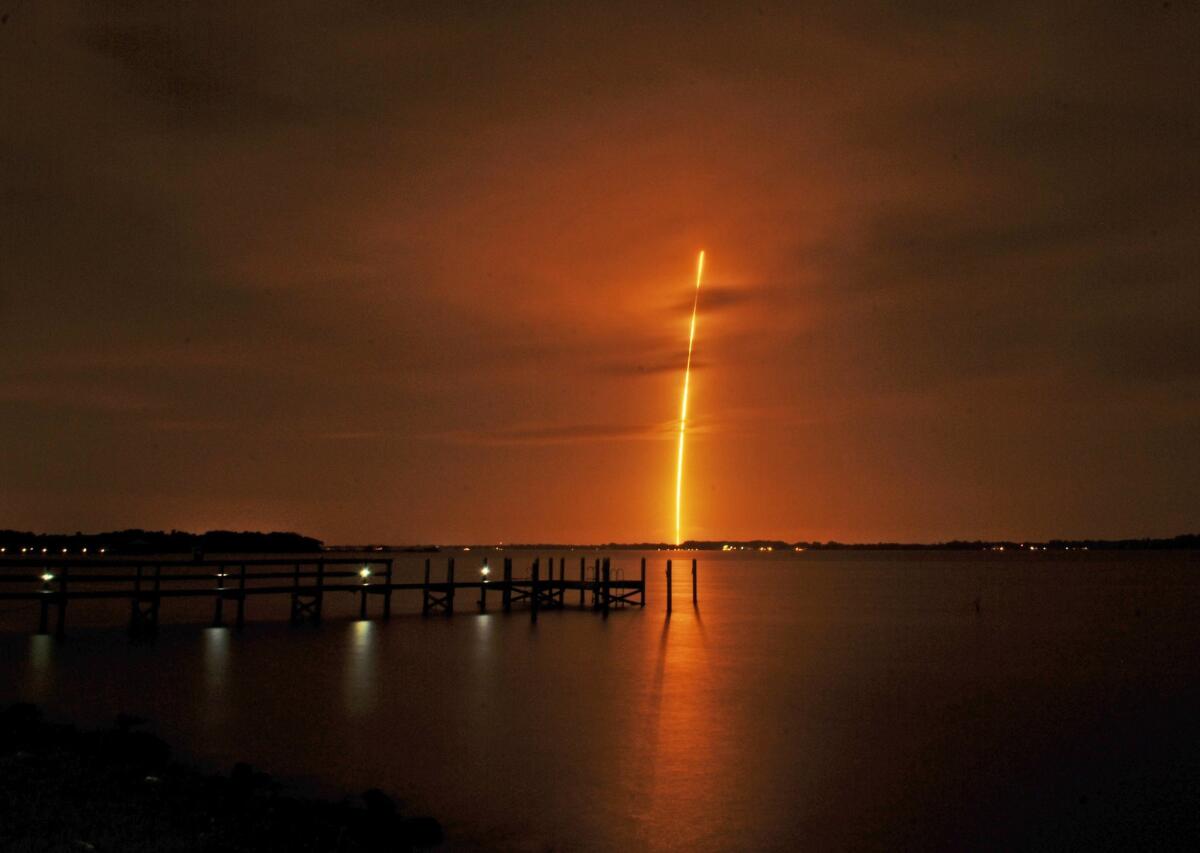
The SpaceX Falcon 9 launch appears in the distance from the back of a dockside restaurant along the Indian River in Florida.
- Share via
As the SpaceX Falcon 9 rocket landed back at Cape Canaveral on Monday night after blasting 11 satellites into orbit, company employees clapped and cheered.
There was a lot riding on this launch's success. Six months ago, an unmanned SpaceX rocket exploded while carrying supplies to the International Space Station.
Monday night marked the first time a rocket has successfully landed during a commercial launch. The historic landing of the first-stage booster back at Cape Canaveral could potentially lead to an era of cheaper space travel through reusable spacecraft.
Here's a visual timeline of what led up to Monday's launch and landing.
Before the launch
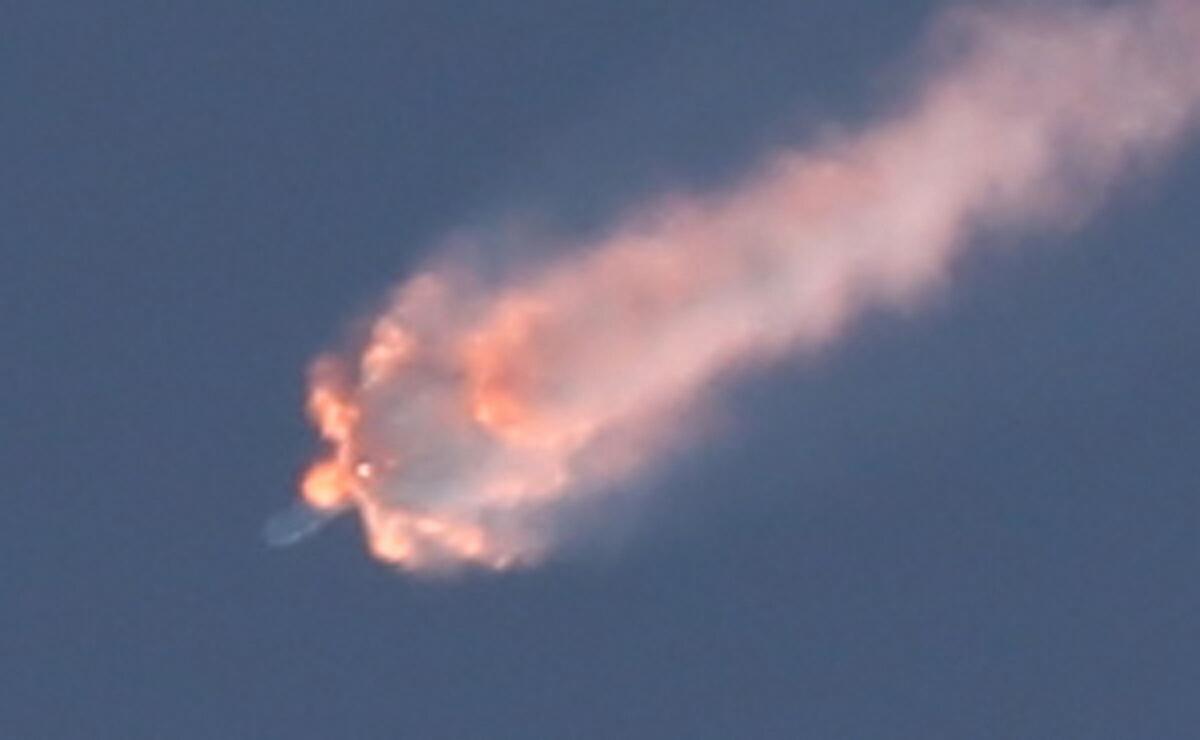
A SpaceX Falcon 9 rocket on its seventh official Commercial Resupply (CRS) mission to the orbiting International Space Station breaks apart on Sunday, June 28, 2015, after launching from Launch Complex 40 at the Cape Canaveral Air Force Station in Florida.
A SpaceX Falcon 9 rocket on a resupply mission to the orbiting International Space Station breaks apart June 28 after launching from Cape Canaveral Air Force Station. (Red Huber/Orlando Sentinel/TNS)
Monday's launch was the first since June 28, when a SpaceX Falcon 9 rocket disintegrated just two minutes after liftoff. The rocket was carrying $110 million worth of supplies for NASA to the International Space Station.
In July, Elon Musk, chief executive of Hawthorne-based SpaceX, said a preliminary investigation found that the explosion was caused by the failure of a two-foot long strut that held down a helium bottle in the rocket's second stage.
The rocket
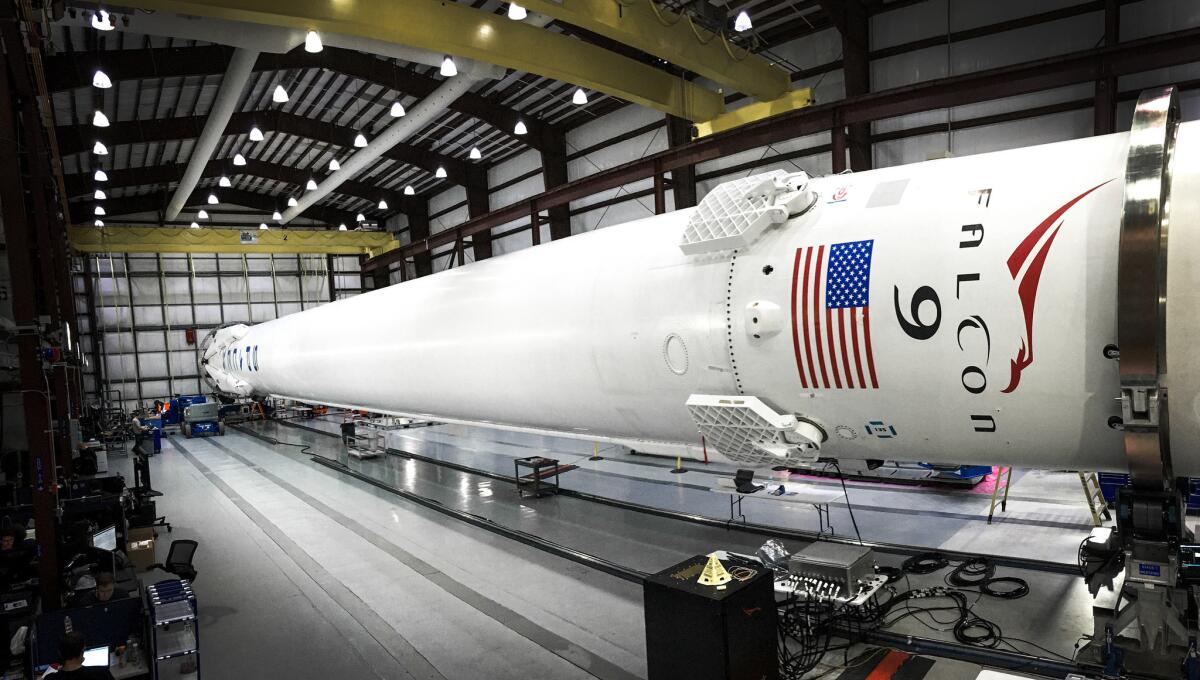
SpaceX is currently aiming for a December 20th launch of the Falcon 9 rocket, carrying 11 satellites for ORBCOMM. The launch is part of ORBCOMM’s second and final OG2 Mission and will lift off from SpaceX’s launch pad at Cape Canaveral Air Force Station in Florida.
This photo of the Falcon 9 rocket was taken Dec. 10 before the launch. (SpaceX)
Falcon 9 has a two-stage configuration. The first-stage booster has nine engines and is intended to land shortly after liftoff for reuse. The second stage has an engine that allows it to separate from the first-stage booster and deliver the cargo to the correct orbit.
Live video from LZ-1 pic.twitter.com/Ve6gEXfOdh
— Elon Musk (@elonmusk) December 22, 2015The launch
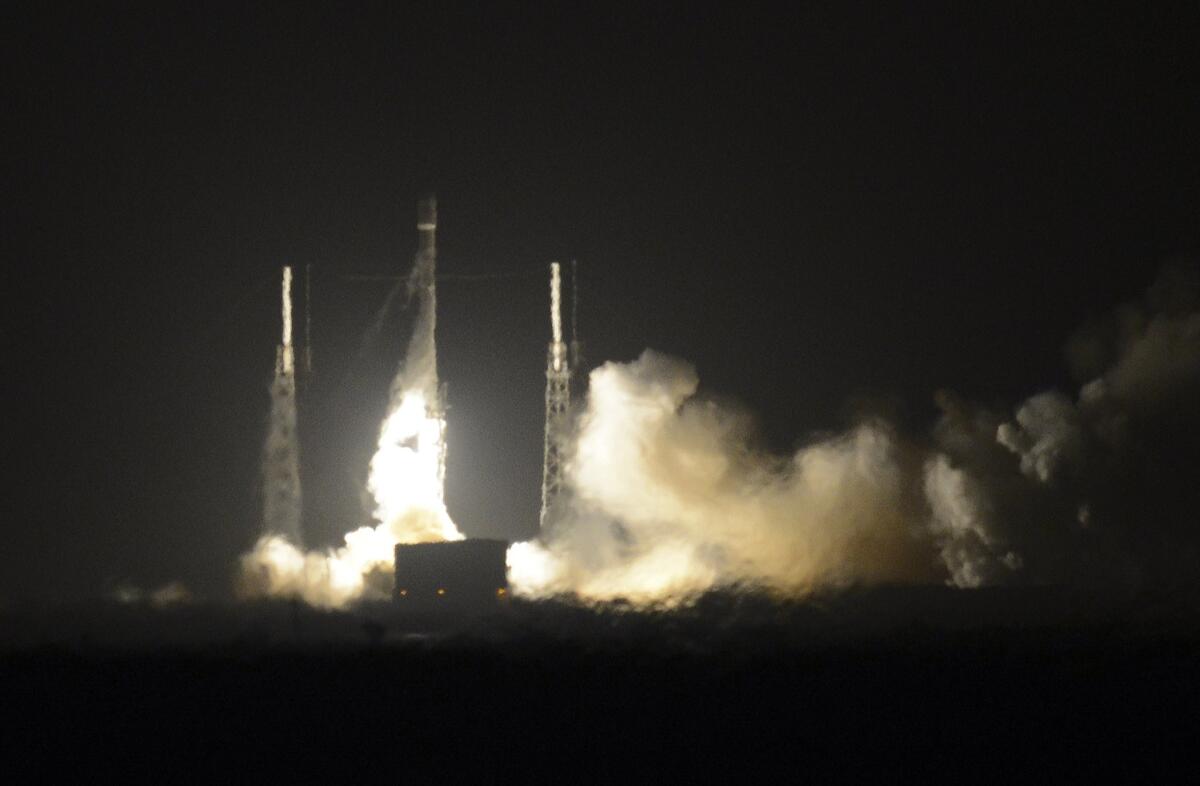
The SpaceX Falcon 9 rocket lifts off at Cape Canaveral Air Force Station, Monday, Dec. 21, 2015. The rocket, carrying 11 communications satellites for Orbcomm, Inc., is the first launch of the rocket since a failed mission to the International Space Station in June.
The SpaceX Falcon 9 rocket lifts off at Cape Canaveral Air Force Station on Monday, Dec. 21, 2015. (Craig Bailey/Florida Today via AP)
The launch had been delayed several times so SpaceX employees could fix glitches in the rocket's redesign, which was intended to give it more power. On Thursday, Musk tweeted that the fuel was "presenting some challenges." Three days later, he tweeted again that he chose to delay the launch one more day so that conditions would be slightly better.
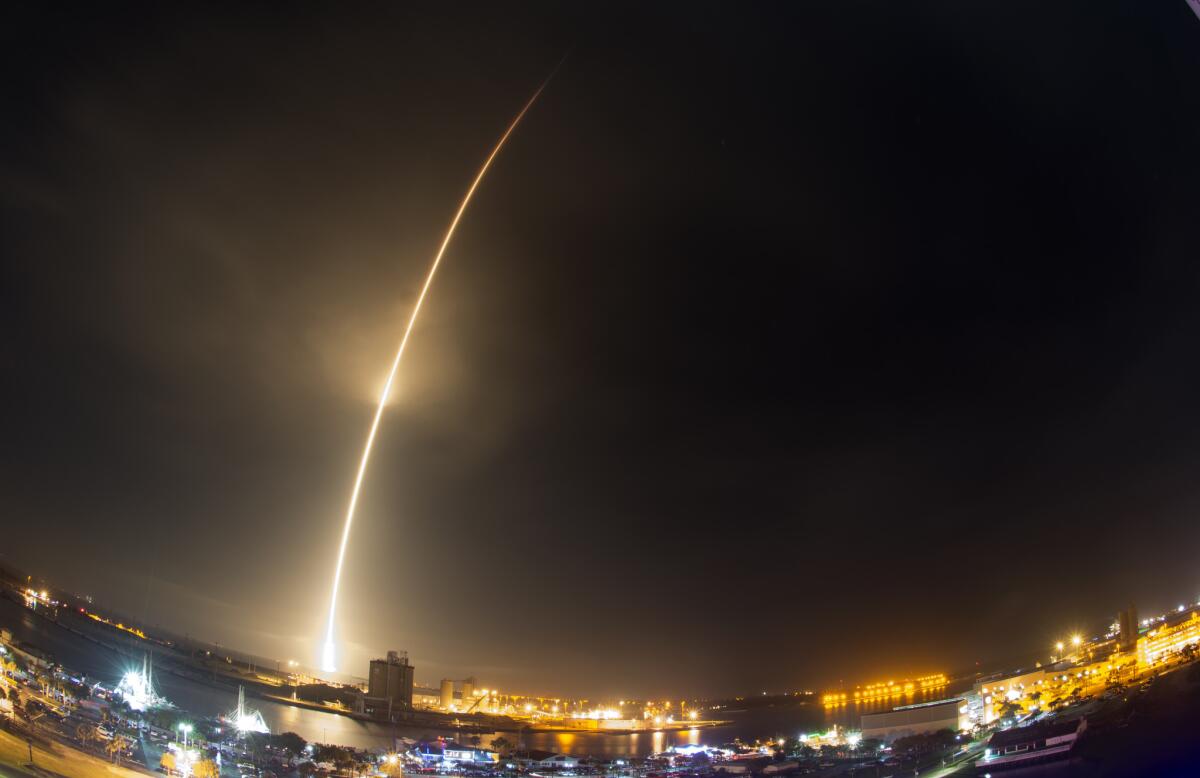
The SpaceX Falcon 9 rocket lifts off at Cape Canaveral Air Force Station, Monday, Dec. 21, 2015. The rocket, carrying 11 communications satellites for Orbcomm, Inc., is the first launch of the rocket since a failed mission to the International Space Station in June.
Monday's event is the first launch of the Falcon 9 rocket since a failed mission to the International Space Station in June. (Craig Bailey/Florida Today via AP)
The rocket finally launched at 8:29 p.m. Eastern time Monday. It was carrying 11 satellites for New Jersey-based Orbcomm.
The landing
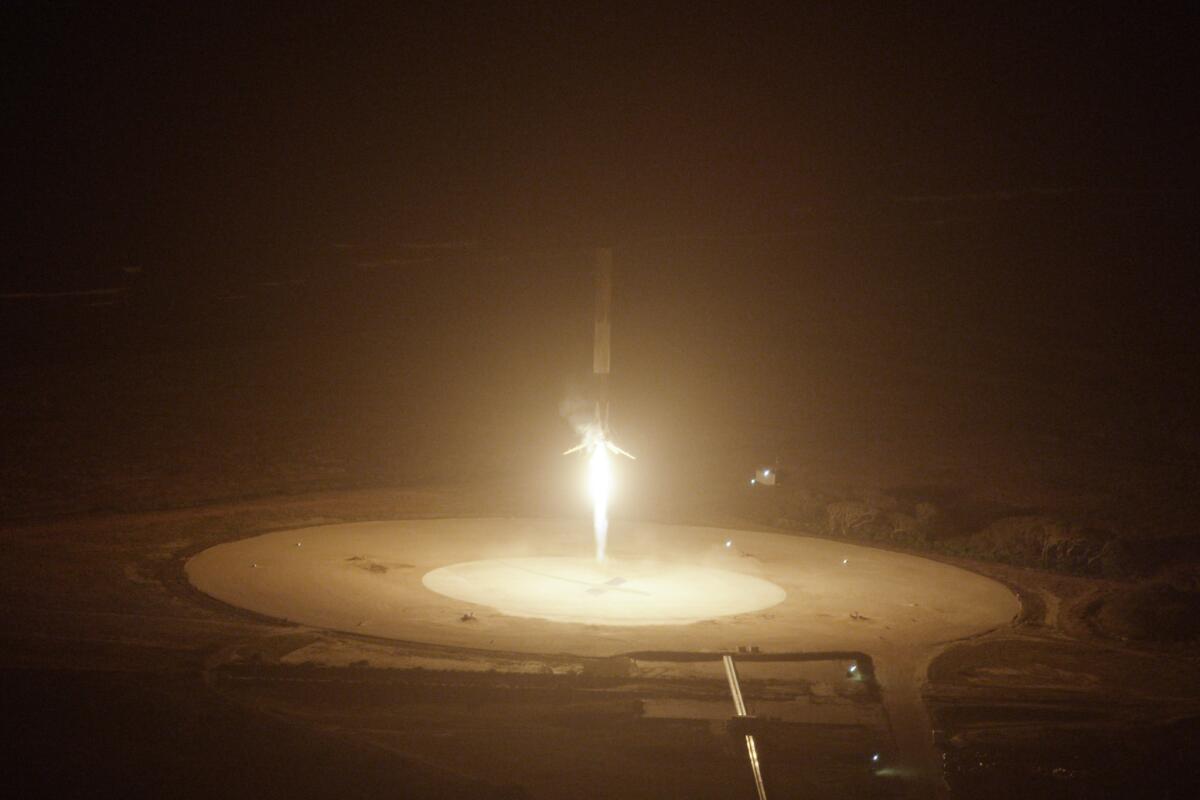
A handout photo from SpaceX shows the Hawthorne-based company’s Falcon 9 rocket successfully landing upright at Cape Canaveral Air Force Station in Florida.
SpaceX's Falcon 9 rocket successfully lands upright at Cape Canaveral Air Force Station in Florida. (SpaceX)
The first-stage booster turned around and headed back to the landing site after the second stage separated and continued to orbit with the satellites. The rocket landed about 10 minutes after liftoff.
For more business news, follow @smasunaga.
Inside the business of entertainment
The Wide Shot brings you news, analysis and insights on everything from streaming wars to production — and what it all means for the future.
You may occasionally receive promotional content from the Los Angeles Times.








